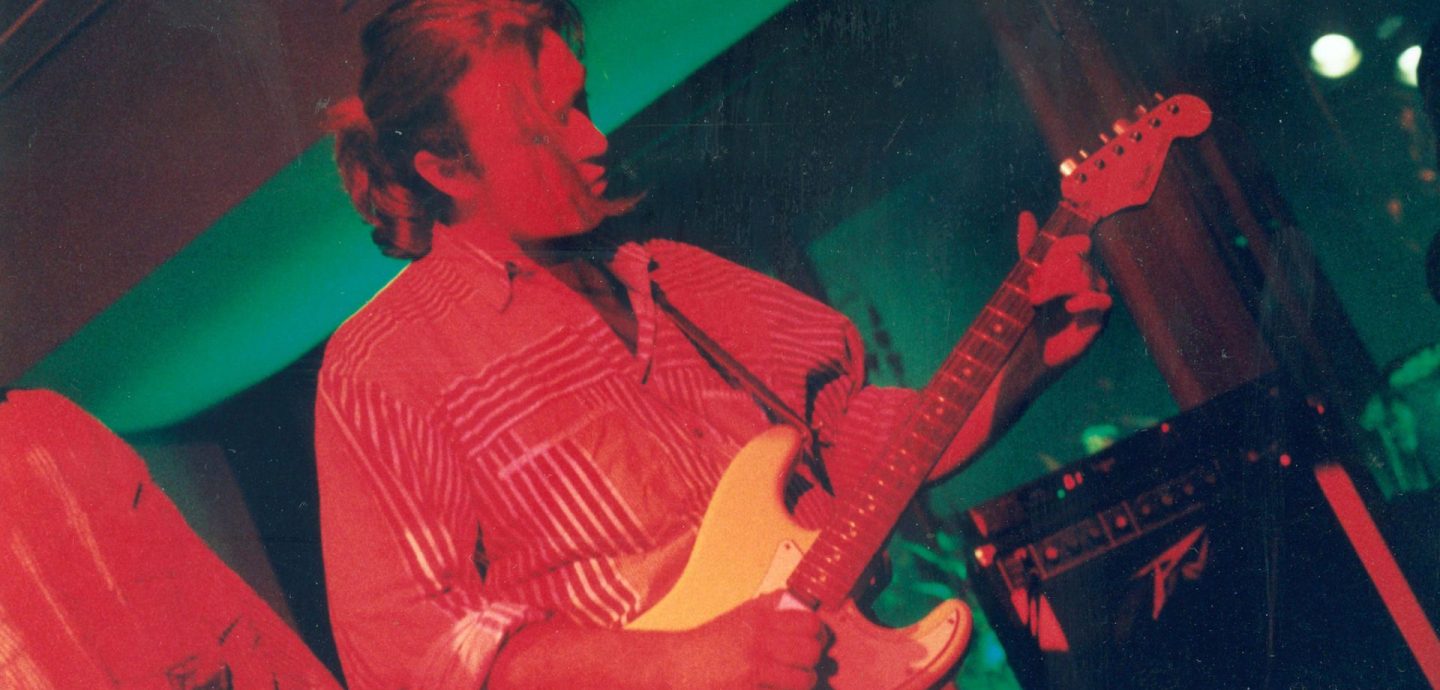Richard Dobeson, self-described as “relentlessly inspired by all things music,” is a composer of Irish origin based out of Madrid, Spain. In his latest EP, Call of Dreams, he proves his chops as a soundtrack composer. Mixing jazz with electronic music with ambient sounds, he has perfected the art of composing cinematic music. He creates a world with his vibrant and emotional sounds—all you have to do is it back, close your eyes, and dive in.
After joining several local bands as a teenager, Richard discovered his passion and natural talent for the guitar, later pursuing classical and jazz musical training. While in school, he enhanced his music production skills, learning piano, clarinet, harmony, composition, film scoring, and more. In Call of Dreams, Dobeson’s third EP, he proves his maturing in film scoring.
Call of Dreams is Richard Dobeson’s cinematics coring at its finest. In it, he takes us on anadventure—one of harrowing intrigue, passion, warmth, and love. Dobeson describes the story of Call of Dreams as “anextra ordinary and expressive musical instrumental adventure to the miracle of mankind redemption, through Jesus Christ, music that resonates deep with inusall at the very core of our humanity; to unify and celebrate our togetherness with sounds that soothe the mind, body and soul.”
The EP starts off with its eponymous song, “Call of Dreams.” We are immediately welcome dinto a new world by both at mospheric sounds and sounds that are slightly reminiscent of 70s science fiction. There is a soft tension as the percussion gradually increases in crescendo, and finally that tension is let loose like water behind a dam, fully drawing the listener in. From there, the song only becomes more emotional and intense.
In “Blue Mountains,” Richard integrated electric guitar with melodic vocals redolent of Enya. The listener feels as a bird would, so aringovermisty mountains and taking in the sights. We are confronted bythes smallness of man, the grandioseness of nature, and the beauty in both.
Resting at the exactmiddle of Call of Dreams is “Flying Free Forever,” the second song to incorporate electric guitar. It has a slight twang to it, and the percussion sounds almost like a comforting clap of thunder. The song serves as the perfect bridge between the beginning and end of the EP, offering an inspiring and hopeful respite be for eweleapin to “Bridge to Heaven” and “Atmosphere.”
The song titles are aptlychosen—both “Bridge to Heaven” and “Atmosphere” are songs meant for ascending into the clouds. In “Bridge to Heaven,” we soar through metaphysical clouds, while in “Atmosphere,” we wander through the earth’s actual cloudy atmosphere. “Atmosphere” completes the album in its melodic vocals and constant, steady in percussion, encouraging us time and time again to start back at the beginning—at “Call of Dreams.”
CREDITS
Musical composition and production: Richard Dobeson
Mixing and Mastering: Pablo V. Barnes (Tekton Producciones) and Maxi Sáez Sound
Electric Guitars on “Bridge To Heaven” and “Flying Free Forever” by Greg Garrido

